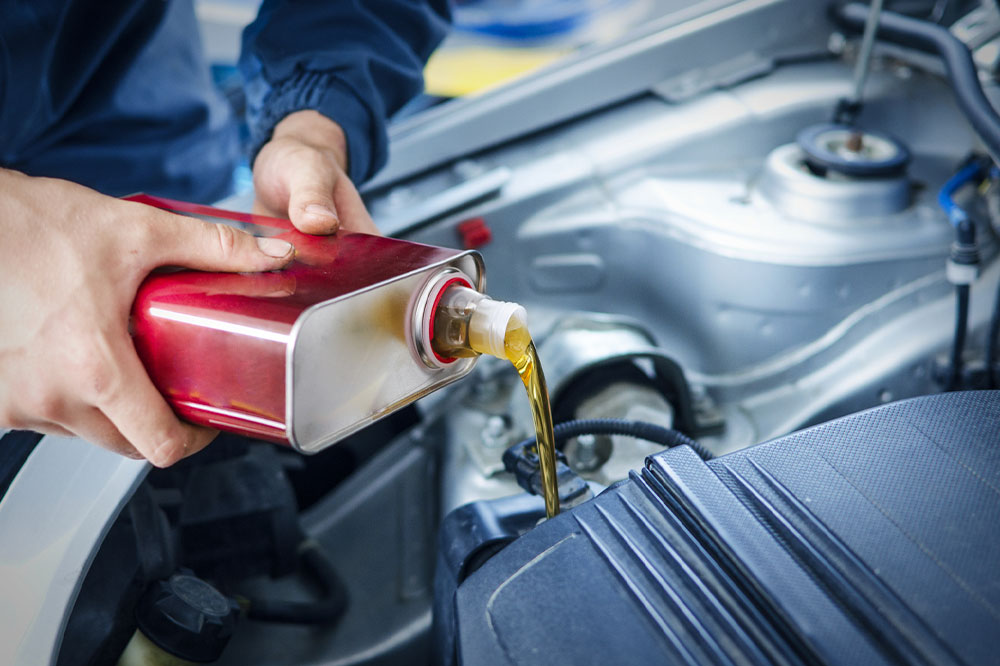10 common oil change mistakes to steer clear of

When it comes to maintaining a vehicle, one of the most essential steps is performing an oil change. Whether it’s done professionally or personally, there’s a risk that the car may not receive the care it truly requires. Those who’ve changed their car’s oil may have committed common errors. So, it’s important to recognize these pitfalls and learn from them to ensure a more effective and thorough oil change in the future.
Not prepping for the oil change
When opting for a professional oil change service, everything necessary for completing the oil change is within arm’s reach from the bottom of the vehicle’s engine. Walking around to fetch things can waste a lot of time. So, when changing the oil, it is better to be equipped with every tool needed during the oil change. Thus, before beginning, have everything readily available.
Not warming the engine
The oil does not flow well if it’s cold. Hence, draining oil from the cold engine can take a while. Some of the oil would not drain out of the cold engine, which would have come off if the engine had been warmed. Thus, start the vehicle and let it run for five to ten minutes to reach its operating temperature.
Not keeping track of the mileage
It is advised to change the oil after meeting one of the two conditions:
- After a specified number of miles
- After a decided number of months
Not tabbing the miles since the last oil change can cause trouble. One might be changing the oil too soon or too late (usually the latter), and both these situations can damage the car’s engine. Please note that even if the oil is changed at the garage , the professionals might overlook the mileage . Hence, it is imperative to pay attention to the details of the last oil change.
Not rotating the tires
Typically, the oil change schedule coincides with the tire manufacturers’ advised schedule for tire rotation. Ideally, it is between 5,000 and 10,000 miles. While rotating the tires at every oil change can be daunting, particularly if there’s no lift, it helps them last longer as they wear evenly.
Not using the correct oil
Whether one takes the vehicle to a lube shop or changes the oil, never fill the engine with a cheap replacement. Always use the manufacturer-suggested oil. Most people are reluctant to spend on superior quality oil as it is expensive, but not doing so can prove costly in the long run. Hence, always use the correct oil, irrespective of how much it costs.
Further, avoid using gasoline oil where diesel is needed, and vice versa. Picking only premium quality synthetic oil ensures better service and performance for the engine. It also aids in engine longevity. Hence , for vehicle maintenance , do not hesitate to spend extra on synthetic oil.
Choosing the incorrect oil filter
It is another most prevalent DIY oil change mistake. People tend to employ the wrong oil filter that is not sealed well. It has an impact on the oil pressure and results in oil leaks. If one fails to notice the oil leaks through the filter, one may have to face unforeseen consequences. So, always use a good-quality oil filter that fits properly.
Not changing the oil filter O-ring
As one changes the oil filter, replace the O-ring. While buying the oil filter, one may also get a complementary O-ring on the top of the filter that seals it. Usually, the O-ring wears out and breaks quickly. Hence, change out the O-ring with the filter cartridge.
While changing the O-ring, one needs to keep certain factors in mind.
- Before tightening the filter, moistening the O-ring with a small amount of oil is recommended. Lubricating the O-ring allows it to withstand the initial torque applied while tightening the filter.
- Before taking the oil filter off, remove the old O-ring with it.
If one does not change the O-ring, it will blow out and break open the seal as one starts the engine. Consequently, the engine will stall or leak. Sometimes, it may not happen instantly , but five-ten miles down the road, which can be relatively more dangerous.
Dropping the oil drain plug into the drain pain
It is usually easy, especially if the vehicle’s drain plug is hot. However, sometimes, it might not be because of the temperature being too high but because the plug is too small and tricky to grasp. A simple technique is to apply gentle pressure towards the drain pan while unscrewing it to ensure a firm grip on the drain plug. When one reaches the final thread, one might sense the plug becoming loose, allowing one to remove it when draining the oil effortlessly.
Overtightening the drain nut or filter
Some individuals tend to tighten or secure objects excessively, even when unnecessary. It suffices to tighten the clean new oil filter with one hand, as it is also easier to open it too .
As for the drain plug, 20-25 ft-lbs is adequate if it does not have a crush gasket. In plugs with crush washers, tighten to a slightly higher torque range of approximately 30 to 35 ft-lbs. Overtightening poses challenges when one has to remove the drain plug or filter.
Not adding the correct amount of oil or any oil per se
The car engine needs a specific amount of oil. So, after the new oil filter and the drain plug are in place, start pouring the specified amount of oil into the oil filler hole. The failure of most engines can be attributed to the oversight of mechanics neglecting this crucial step.